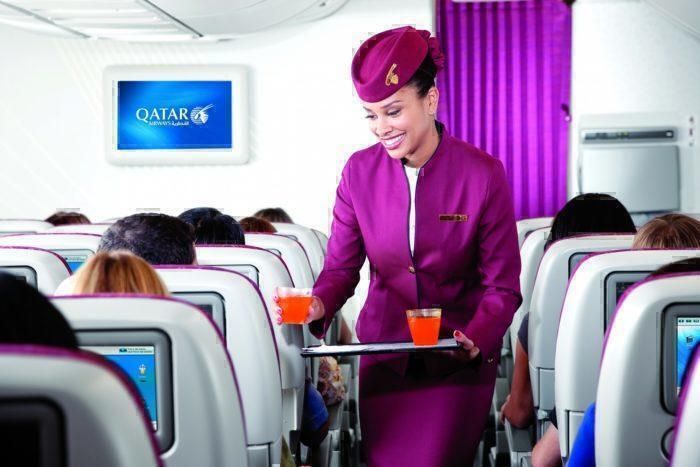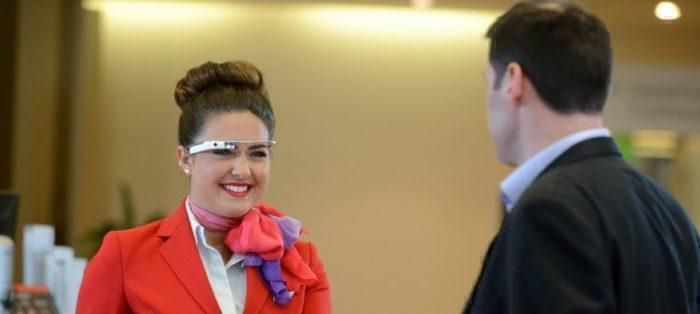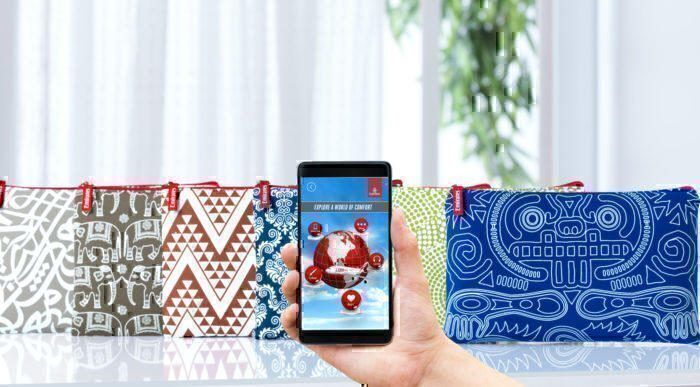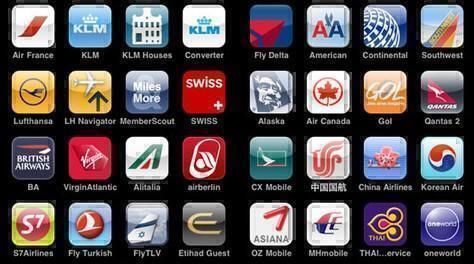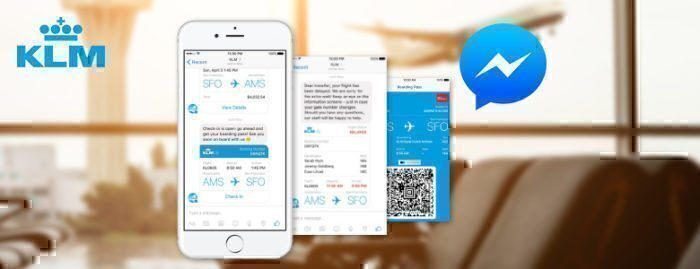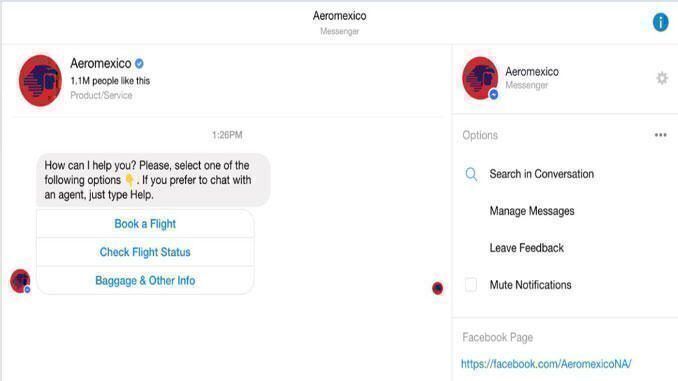From online booking portals to sophisticated apps, there’s no doubt technology has transformed the way we fly and driven ticket price transparency.
But with the rise of instant messaging (IM) and artificial intelligence (AI), a large swathe of airlines are now looking to how they communicate with their customers, and crucially, how they can optimize customer experience (CX) overall.
Technology has driven change
It’s no secret that over the past few decades, air travel has experienced incredible growth. But this has also meant that competition has become more fierce than ever, and increasingly, airlines seek innovative ways to differentiate their product in a crowded market.
Up until recently, this meant offering cheaper prices, greater frequency, and spectacular premium products.
The carriers who paid attention to the voices of their customers however, realized that one of the simplest and most effective ways to improve customer satisfaction is to make communication as easy as possible. And crucially, through channels and devices their customers actually use.
According to a recent report by EyeForTravel and Relay42, the airlines with top customer experience satisfaction scores are:
- Qatar
- Emirates
- Qantas
- Virgin Atlantic/Australia
- KLM
It’s no surprise then that these airlines are among a new sect of carriers who lead the way in communication and technology innovation.
Here’s five ways technology is transforming airlines and the passenger experience.
1. Ultra-personalization
Equipping cabin crew with “smart” glasses was not too long ago confined to the realms of sci-fi. But over the past few years, some airlines have experimented with the technology to help crew personalize the customer experience as they greet passengers.
Virgin Atlantic trialed this technology in its Upper Class concierge service a couple of years ago to help improve efficiency and differentiate its premium product from competitors.
When you consider the amount of instantly available passenger information and frequently asked questions, it’s an area of technology that holds incredible potential for personal, first point query and complaint resolution.
2. Augmented reality
Even technology that was out of reach of the average consumer until recently has been brought into the mainstream by developments in smartphones. It has meant that features like augmented reality (AR) can be used by airlines as part of their offerings.
Emirates promotes its amenity kits in economy using Blippar’s platform, which gives passengers additional information.
Emirates says: “By downloading the Blippar mobile phone app, and using it to scan the bags, customers will be able to unlock a world of entertainment on their mobile devices. Emirates partnered with Blippar, the world’s leading AR and visual discovery platform, to create exclusive content including activities and health tips for a more comfortable and relaxing travel experience”.
As more airlines strive to differentiate their on board and airport experiences, this is definitely an area where we’re likely to see significant development in the coming years.
3. Apps
There’s little doubt apps have revolutionized the way we interact with airlines, and how we fly generally.
Nowadays, instead of having to log in to a computer to check in, select your seat, provide advanced passenger information, and print off your boarding pass, these task can be carried out in most airline apps.
The crucial difference between carriers is that some apps are better developed than others.
Overwhelmingly, the best apps are developed with focus on customer experience, not from a design point of view.
4. Instant messaging and social media
Many airlines have a strong presence on instant messaging and social media channels because it’s a great way to communicate with customers on their terms.
Instead of carriers pushing their own apps or forcing customers to speak to a call center, some airlines now use instant messaging clients to communicate with customers.
KLM for example has a significant presence on Messenger and WhatsApp. Not only can it have real-time conversations with customers, it also uses automated chatbots to answer customer FAQs and even update passengers with personalized flight information.
And when things don’t go to plan, KLM believes its communication strategy enables customers to get quick resolutions to issues, so the carrier can improve customer satisfaction.
5. Chatbots
You may not realize it, but chatbots are working furiously behind the scenes to improve response and resolution times for customers.
For example, Aeromexico has been using the technology since 2016. It estimates that within the first six months of operation, its “Aerobot” chatbot reduced chat response times from sixteen minutes to two minutes.
Avianca also reported that its version called Carla has helped cut check in wait times by half.
CX-driven technology is the competitive advantage
Technology has, and will continue to revolutionize our relationships with airlines, and even the experience of flying.
And while carriers look to more unusual and innovative ways to differentiate their products, great CX will always be an airline’s most important asset.
If you’ve recently communicated with an airline through instant messaging or chatbot, let me know which airline you used, and what you thought of the technology in the comments below.


